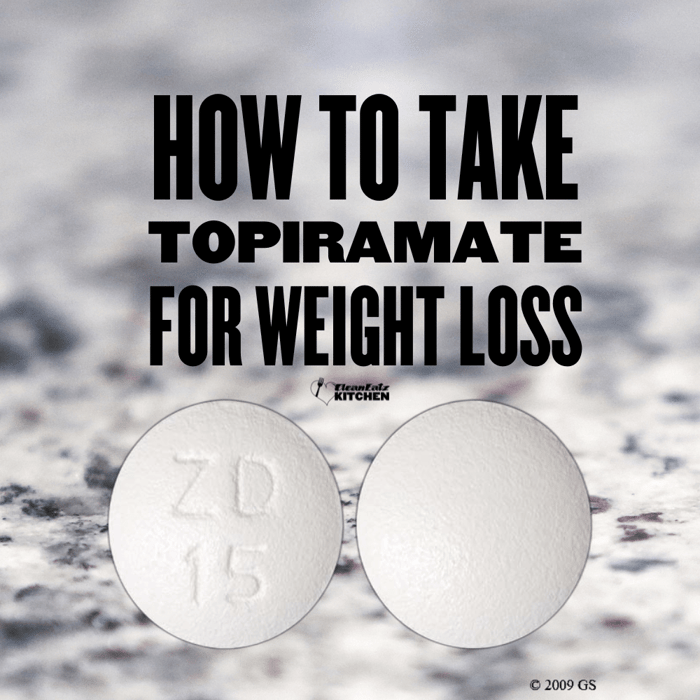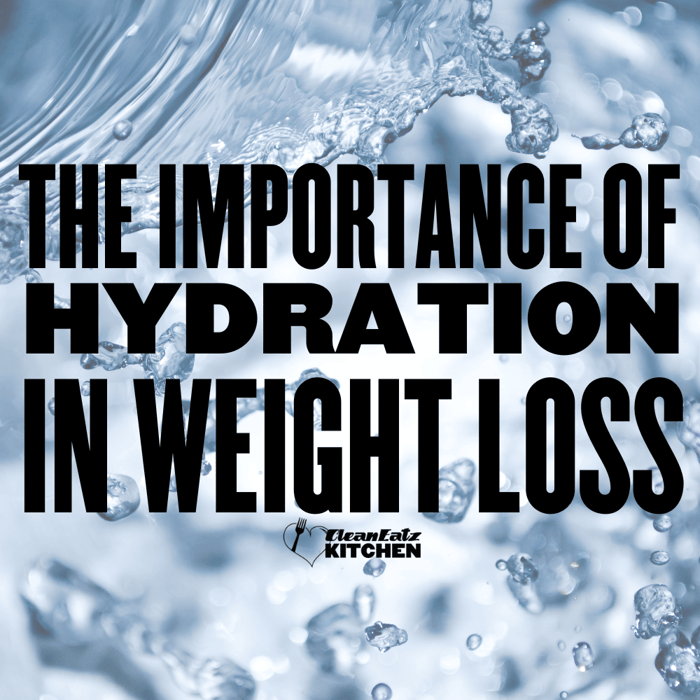Quick answer: Topiramate itself is not FDA-approved for weight loss, but the combo pill Qsymia® (phentermine + topiramate ER) is. If your clinician prescribes it for weight management, follow the label’s slow-titration schedule, use reliable contraception if you can become pregnant, and don’t stop abruptly. Expect monitoring of bicarbonate, creatinine, and potassium, and watch for side effects like tingling, taste changes, and cognitive “fog.” Educational only—not medical advice.
What topiramate is (and isn’t)
Topiramate is an anticonvulsant also used to prevent migraines. It can reduce appetite and change taste, which is why some clinicians use it off-label for weight loss. The FDA-approved option for weight management is Qsymia®—a once-daily, extended-release capsule combining phentermine with topiramate ER.
In randomized trials, topiramate has produced clinically meaningful weight loss versus placebo, and Qsymia has shown significant one-year weight loss when paired with a reduced-calorie diet and activity. See the evidence under References.
Who may qualify
- Qsymia indication: Adults (and ages 12+ with obesity) as part of a reduced-calorie diet and increased physical activity. Adults with overweight may qualify if a weight-related comorbidity is present. A clinician determines eligibility and the right dose.
- Topiramate alone: Off-label. Some clinicians consider it when Qsymia isn’t appropriate, but this requires an individualized risk/benefit discussion.
New to structured weight loss? Start with the basics: setting calorie goals, portion control vs. calorie counting, and plateau troubleshooting.
How to take it: two paths
Path A — Qsymia® (phentermine + topiramate ER)
Morning, once daily. Avoid evening doses to reduce insomnia. Swallow capsules whole—do not crush or chew.
- Days 1–14: 3.75 mg / 23 mg once daily.
- Weeks 3–14: Increase to 7.5 mg / 46 mg once daily.
- Week 12 check-in: If adults haven’t lost ≥3% of starting weight, your prescriber may escalate to 11.25 mg / 69 mg for 14 days, then 15 mg / 92 mg once daily.
- At high dose (15 / 92): After 12 weeks, if weight loss is still <5%, clinicians typically discontinue (taper required).
Do not stop suddenly. If discontinuing 15 / 92, prescribers taper (e.g., every other day for ≥1 week) to reduce seizure risk.
Path B — Topiramate alone (off-label)
Prescribers often use low-and-slow titration to improve tolerability. A common approach is to start at 25 mg nightly and increase by 25–50 mg weekly toward the lowest effective dose (many patients land around 50–100 mg twice daily or an ER equivalent). Exact dosing and schedule vary by patient and indication—follow your clinician’s plan. Do not stop abruptly; tapering is standard.
Missed dose tips: With Qsymia, skip and take your next regular morning dose (don’t double). With immediate-release topiramate, if it’s near the next dose, skip the missed one—ask your prescriber for your specific instructions.
Before you start: a safety checklist
- Pregnancy prevention: Topiramate can harm a fetus. Qsymia is contraindicated in pregnancy. People who can become pregnant typically need a negative test before starting and monthly testing, plus reliable contraception.
- Eye health: Report sudden blurry vision, eye pain, or acute myopia—rare angle-closure glaucoma can occur and needs urgent care.
- Kidneys & bones: The drug can lower serum bicarbonate (metabolic acidosis) and raise kidney stone risk; hydration matters.
- Mood & cognition: Watch for depression, anxiety, trouble with word-finding, concentration, or memory.
- Heart rate & BP: The phentermine in Qsymia can raise heart rate. Your clinician will decide what to monitor and how often.
- Heat & hydration: Decreased sweating and overheating can occur—stay hydrated and be cautious in hot environments.
Monitoring & lab work
- Baseline and periodic labs: bicarbonate, creatinine, potassium; diabetes meds may also prompt glucose checks.
- Weight milestones: Clinicians often reassess at 12 weeks on a given dose to decide whether to escalate, continue, or discontinue.
Common side effects & red flags
Common: tingling/paresthesia, taste changes, dry mouth, constipation, insomnia (Qsymia), appetite loss, and cognitive “fog.” Many improve with slow titration.
Call your prescriber urgently for: vision changes/eye pain, severe confusion, suicidal thoughts, high/persistent fever with reduced sweating, severe flank pain or blood in urine (possible kidney stones).
Drug & diet interactions
- Oral contraceptives: Topiramate can reduce estrogen levels—especially at higher doses—leading to breakthrough bleeding. Use effective contraception and tell your clinician about any cycle changes.
- MAOIs: Qsymia is contraindicated with monoamine oxidase inhibitors or within 14 days of stopping them.
- Other carbonic anhydrase inhibitors (e.g., acetazolamide, zonisamide): can increase acidosis and stone risk.
- Ketogenic/very-low-carb diets: may compound metabolic acidosis and kidney stone risk; discuss your diet with your clinician.
- Alcohol & CNS depressants: may worsen dizziness/sedation; avoid excessive alcohol.
For daily nutrition support, see our weight-loss-friendly foods guide and our post-workout carbs guide.
FAQs
How fast will I see results? Some appetite changes appear in the first few weeks; clinicians often use the 12-week mark to judge response on a dose.
Do I need to take it long-term? Obesity is typically chronic; stopping medication often leads to regain. Your clinician will personalize duration.
Can I take topiramate if I’ve had kidney stones? There’s a higher risk of stones—extra hydration and risk/benefit counseling are important.
What if Qsymia keeps me up at night? It’s taken in the morning. If insomnia persists, talk to your clinician about dose, timing, or alternatives.




